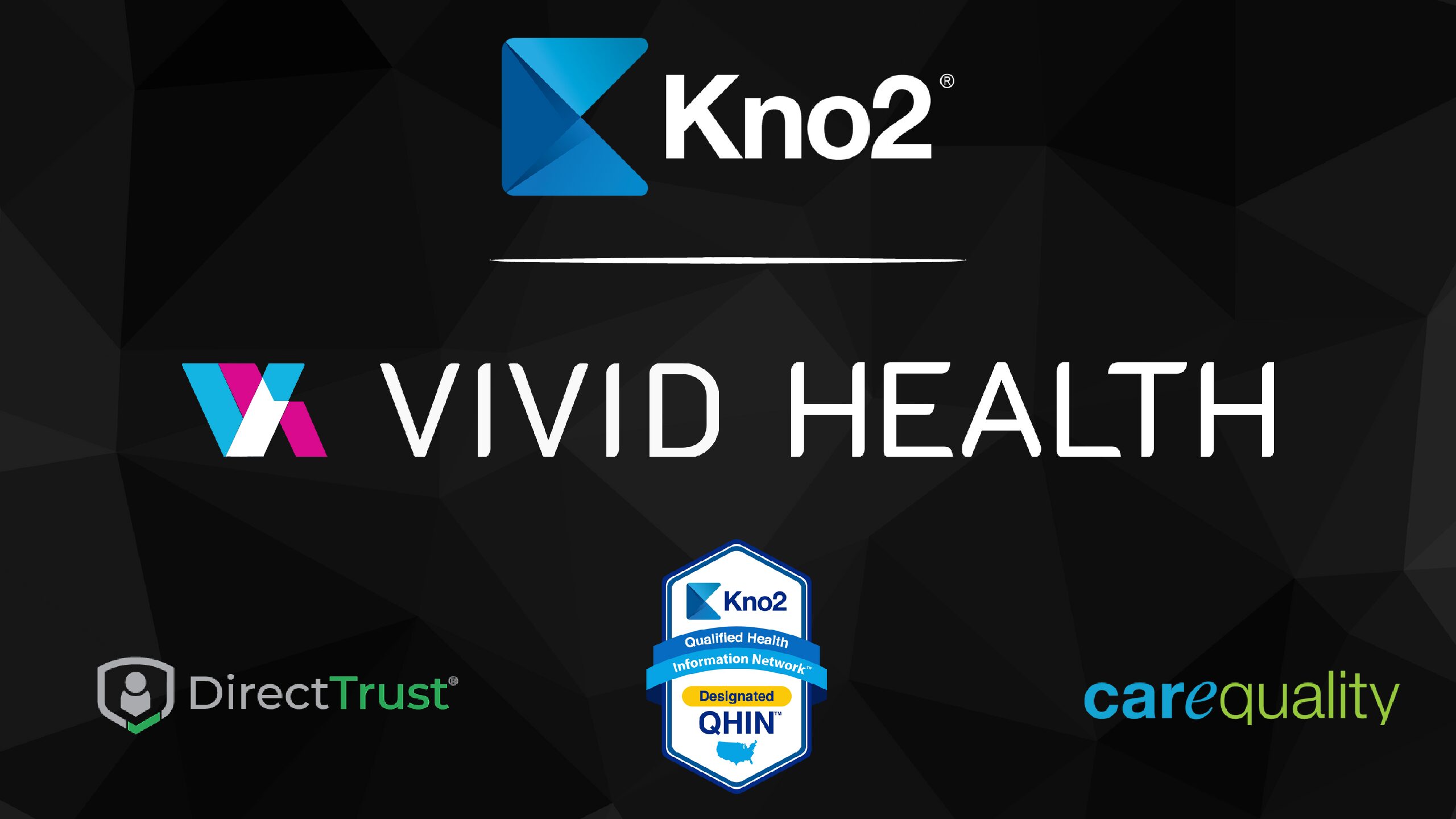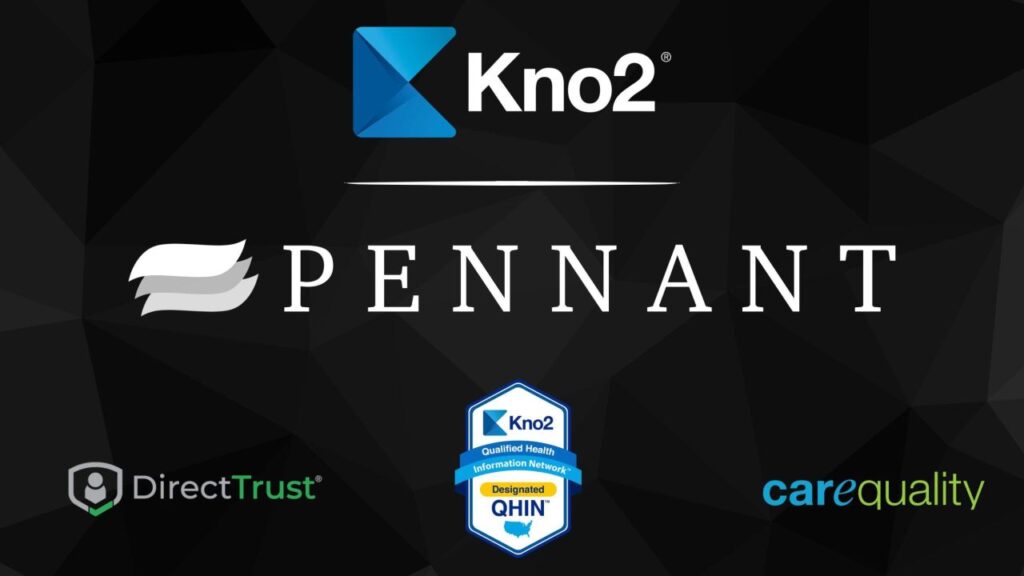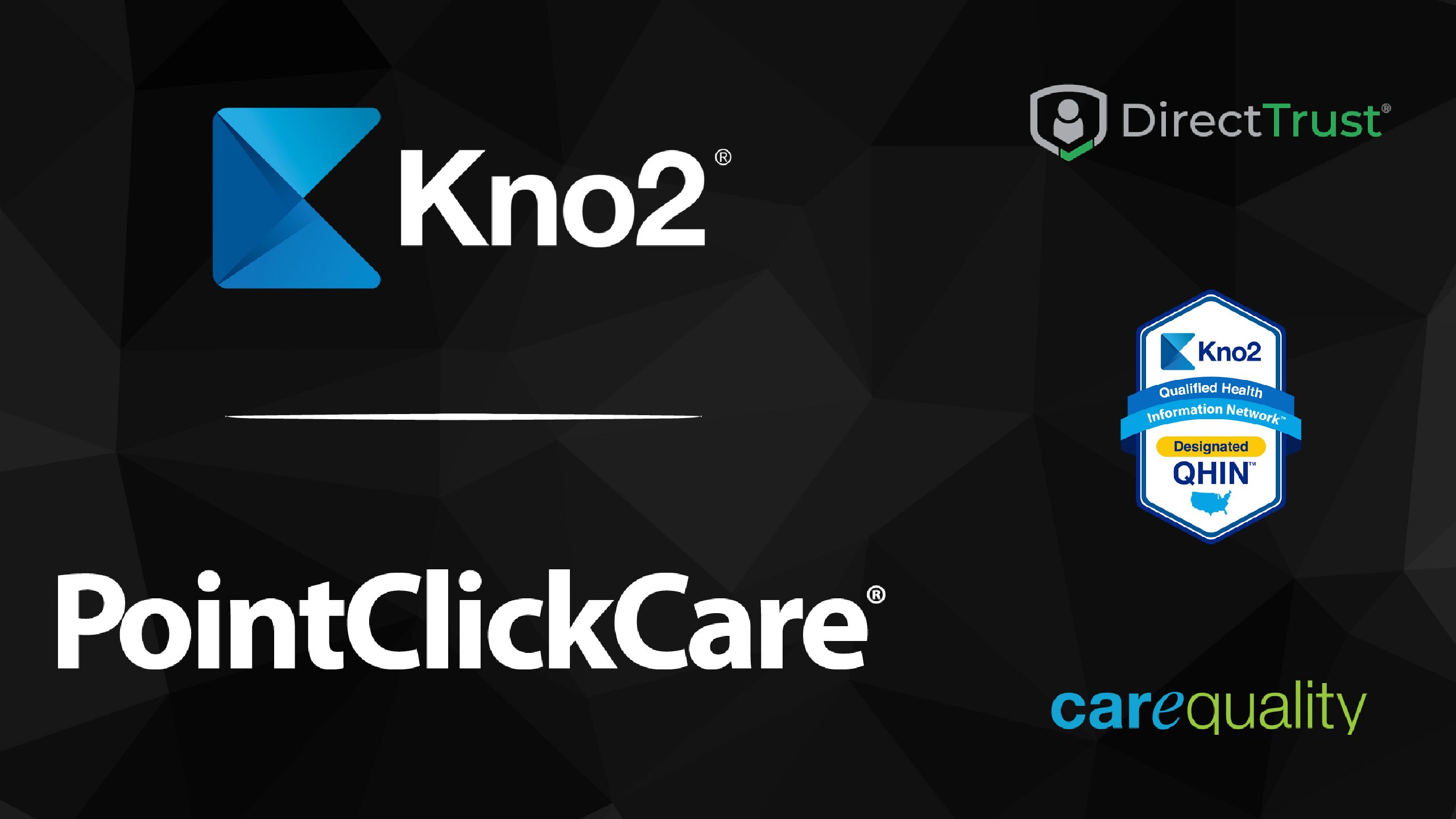We have been living in a world of data since the 1970s. Yet the sheer volume of information in our pockets has not, by many metrics, translated into more equitable healthcare.
A 2021 study published in Med Care found that black patients still experience poorer care coordination than white patients. The black patients in the study were 77% more likely to need a repeat test, 76% more likely to report an adverse interaction between drugs they were prescribed, and 45% more likely to visit an emergency room or be hospitalized more than once for the same condition.
It doesn’t stop there. Hispanic, Black and Asian adults with a mental illness are all less likely to receive mental health services. Nearly half of Hispanic adults believe that communication barriers due to culture and language contribute to worse health outcomes. Marginalized groups continue to bear more than their share of the consequences of a fragmented, opaque healthcare system.
None of these problems can be solved overnight, but there is a centralized factor that can move the system in the right direction–better information. We need a more connected healthcare system, offering providers not just data, but the right data. Giving clinicians actionable knowledge at the point of treatment, it would break through many barriers stopping marginalized communities from receiving the highest standard of care.
Data Impacts Everyone–Especially Those Who Need It Most
Interoperability is the seamless exchange of data through connectivity and communication. It is based on the idea that healthcare systems can improve patient outcomes and efficiency by allowing institutions to share and access critical patient information in a standardized, secure, and timely manner.
When data is comprehensive, accurate, and readily accessible, clinicians can quickly gather insights into a patient’s history, current conditions, and potential risks. This allows for precise diagnoses, effective treatment plans, and proactive management of health issues.
Most of us have experienced going to a doctor’s appointment and filling out what feels like a mountain of paperwork. Even if you have already seen that provider, you often need to provide the same information repeatedly. My colleague’s aging father suffers from late-onset Parkinson’s disease. He recently went to a follow-up appointment after a fall and subsequent hip surgery. Although the surgery and Parkinson’s care facilities are part of the same healthcare group, the neurologist was unaware of the hospitalization. An appointment that could have been fairly routine instead found the doctor blindsided. His provider was trying to process significant new information and form a game plan on the spot. In a truly interoperable world, the provider would have received an alert with the relevant information before the appointment.
The Struggle in Marginalized Communities
Marginalized communities––elderly patients, people of color, those with chronic disease, women, impoverished groups, etc. may experience more than just inconvenience due to a lack of interoperable technology. The absence of complete health data can lead to missed or delayed diagnoses. Particularly for diseases that disproportionately affect certain racial groups. Patients who speak languages other than English may be unable to communicate significant risk factors. That can lead to unsafe treatment outcomes. Poor data sharing can lead to a lack of continuity in care, causing overlooked symptoms or untreated conditions to escalate. That can be particularly detrimental for those who already face barriers to accessing healthcare.
Interoperability is essential for ensuring that all patients, especially those from marginalized communities, receive timely, accurate, and comprehensive care, ultimately reducing disparities and improving health outcomes across the board.
The Power of Interoperability to Improve Outcomes for Marginalized Populations
Think of connecting the data in healthcare just like connecting the dots in a children’s puzzle. The more points you have, the clearer the picture becomes.
For instance, imagine a patient for whom English is a second language enters a community clinic with a minor injury. The provider collects their medical history and details about their lifestyle in a low-stakes environment with a translator present. Months later, the patient experiences a life-threatening accident, and the ER has immediate access to their full medical history. The knowledge of medications and risk factors to guide urgent care decisions has the ability to save that patient’s life.
Perhaps an under-insured patient receives an x-ray and blood work in the emergency room. They might follow-up with their neighborhood physician. If the data between those two providers is connected, the provider will not order imaging or tests to rule out the same issues twice. This communication can save the patient hundreds of dollars.
On a broader scale, improving access to data allows researchers and clinicians to look at trends and patterns. When comprehensive data is used to identify health disparities affecting marginalized groups, providers can use targeted interventions aimed at improving health outcomes in these communities.
Interoperability is not aimed only at providers. When patients have ready access to their health information, it provides them with a sense of control. This transparency is particularly important for marginalized groups, who often face systemic barriers and mistrust in the healthcare system. If they can easily view their medical records, treatment plans, and test results, patients can better understand their conditions, ask informed questions, and make educated decisions about their treatment options.
The Right Tools to Get Us There
Third-party technology is vital for enhancing interoperability and protecting marginalized patients. With tools like Qualified Health Information Networks (QHINs), healthcare providers can connect to a vast network of electronic healthcare records, organizations, and interoperability frameworks through a single vendor. This can facilitate seamless communication and data exchange. Technologies such as Direct Secure Messaging, HL7 V2.x, HL7 FHIR, Health Information Exchanges (HIEs), and Referral Networks ensure that comprehensive patient information is readily accessible across various care settings.
Investing in these interoperable systems is essential for healthcare organizations aiming to safeguard their most vulnerable patients. These technologies help bridge gaps in care for marginalized communities. They do this by ensuring that critical health information follows patients wherever they go, reducing fragmented care and improving outcomes. Prioritizing interoperable technology is a crucial step toward achieving a more inclusive and effective healthcare system.






